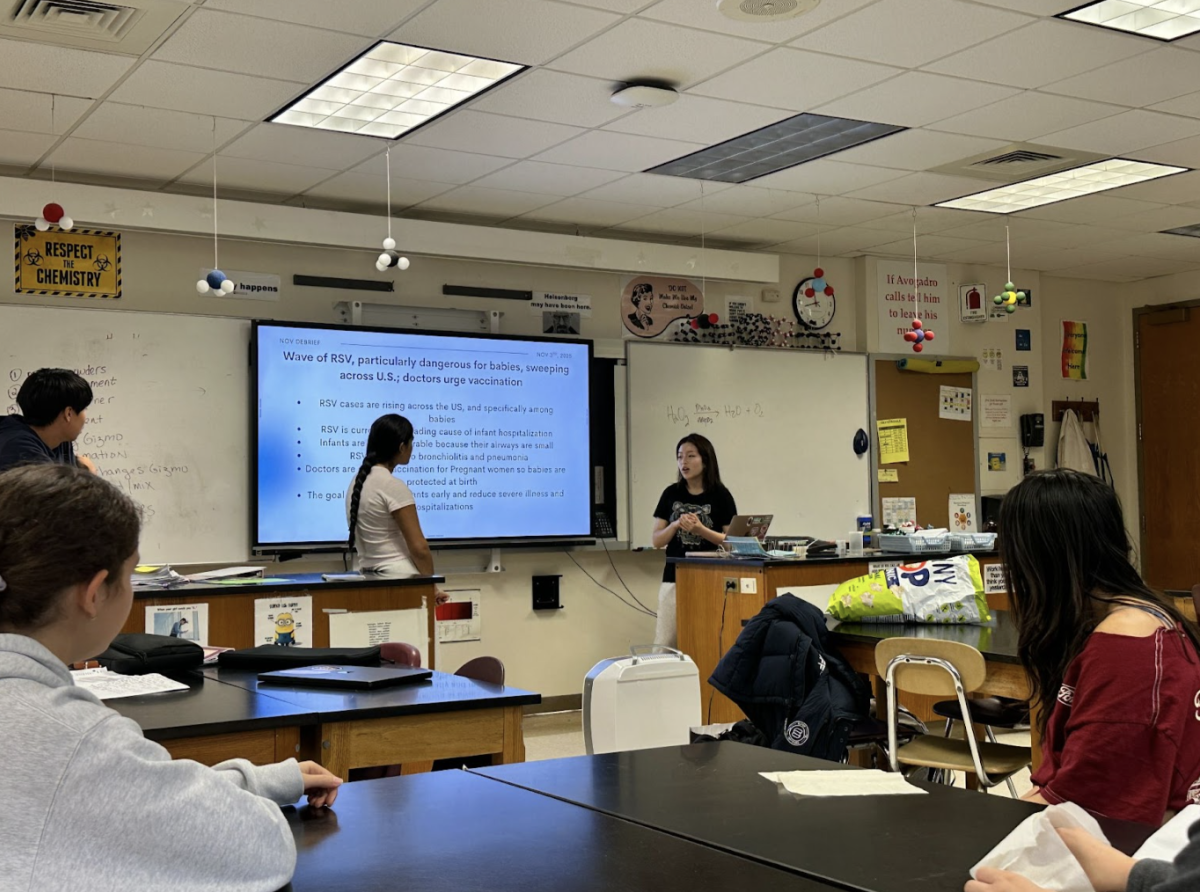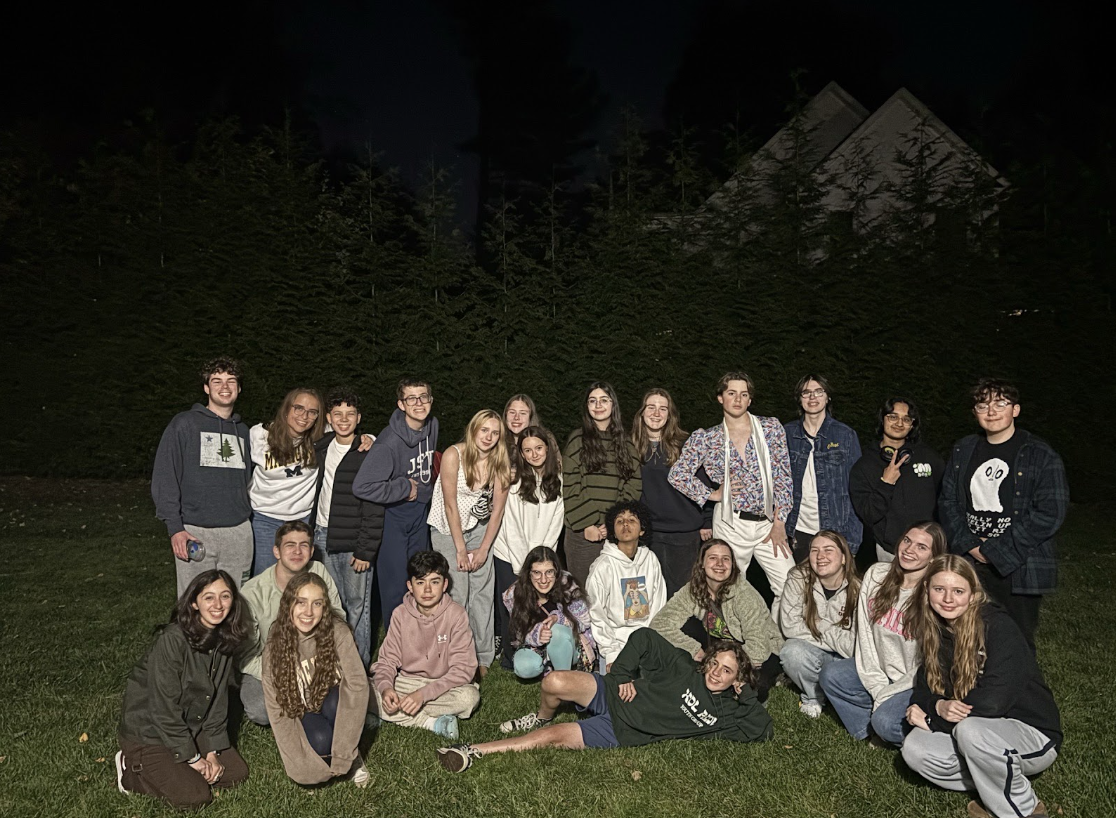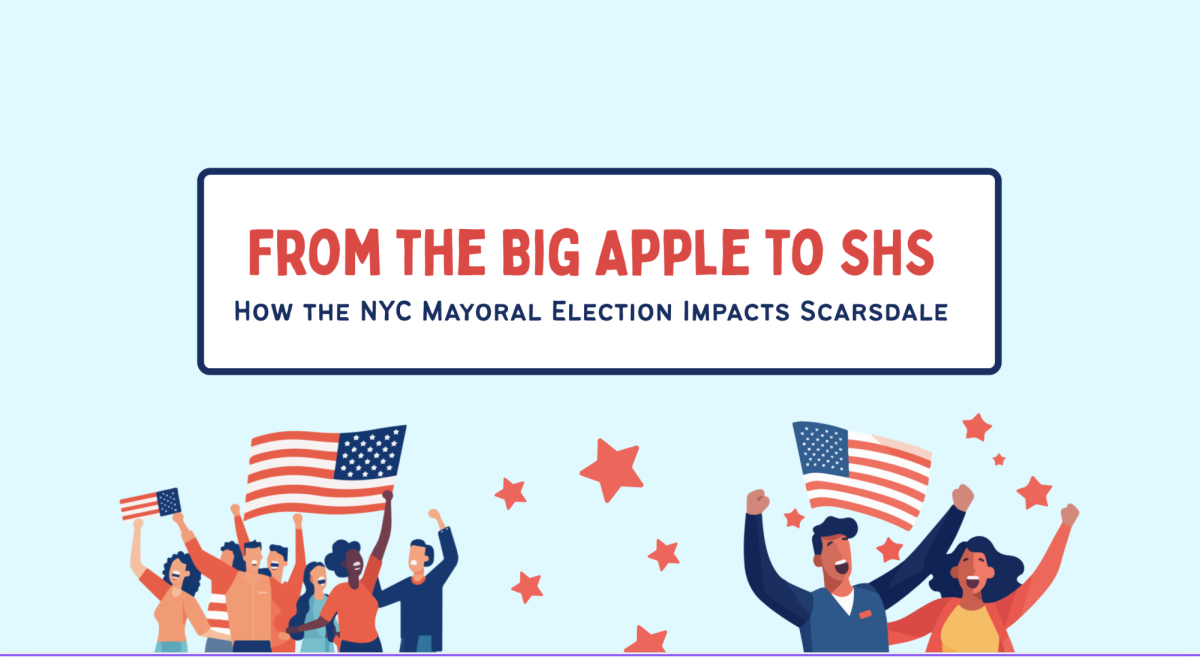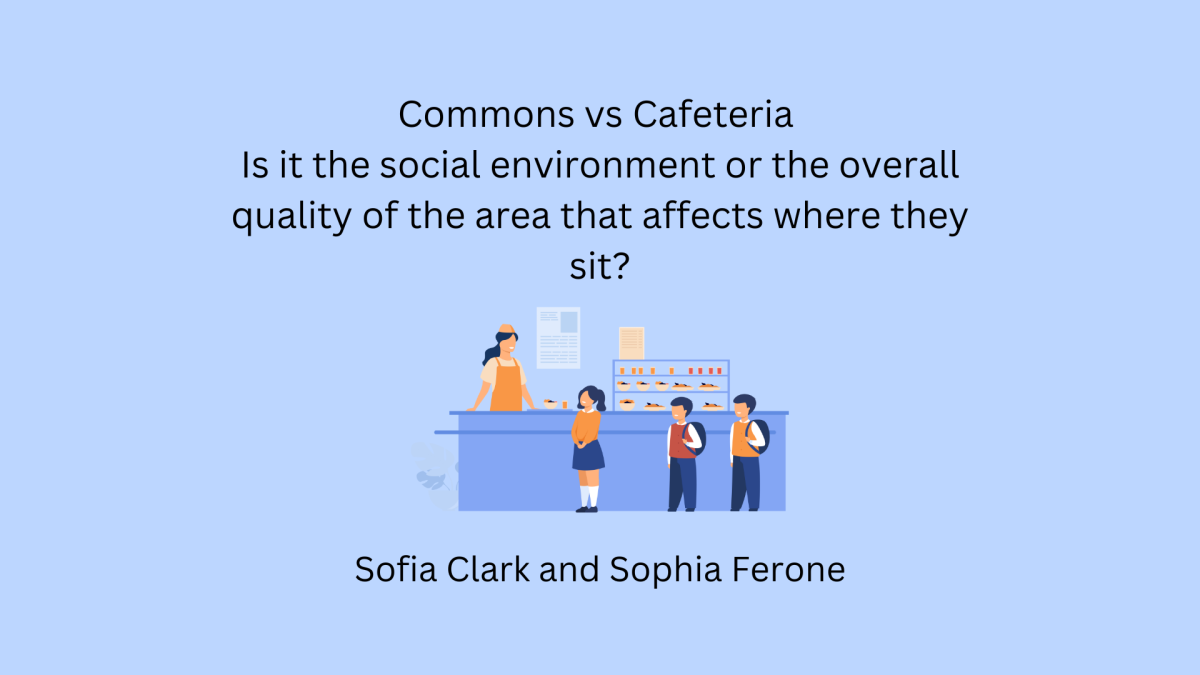As the lunch bell rings, waking you up from your mid-class nap, your stomach growls. Instinctively, you reach for your phone to open the delivery app you trust to tame and satiate hunger: DoorDash. It’s a familiar routine…or at least it was. This year, the simple tap is no longer an option.
In the past few years, many schools across the country have implemented laws prohibiting the use of cellular devices on school grounds. New York has followed suit, banning internet enabled devices at the start of the 2025-2026 academic year. The ultimate purpose of this ban was to boost academic efficiency and encourage students to socialize with each other. Yet, this “solution” has introduced several new issues, now that the use of phones is no longer an option. “Many times I needed to text my dad about things I needed for school…it was very urgent and I couldn’t go…do that.” When he forgot his jersey for his game, he simply “pulled out [his] computer to message [his] dad,” Tyler Wong ’28 said.
This shift from phone to computer has not just been observed by Wong. It is schoolwide. Thus far, the phone ban has essentially transitioned students from using phones to computers. Computers, however, don’t work as well as phones in terms of communication. Still, students have found ways to bypass school restrictions on certain apps or websites, doing the things they would have done on their phones on their computers.
Dr. Daniel Nwaelene, the safety monitor located at the athletic entrance, agreed that students are still able to acquire their necessities. He reported that, “There has been no significant change before and after the phone ban.” Students “are still able to get supplies and food in.” On one hand, this is good news because it shows students are not negatively impacted by the phone ban. At the same time, it reveals the reality that the ban may not have achieved its purpose. “I see kids that play Clash Royale [on their computers] during their free periods. Most of them don’t even try to hide it” Wong continued. Regardless, it is encouraging to know that SHS students are adapting well to the phone ban.
Receiving lunch through online delivery services is challenging without a phone; even so, this year, Dr. Nwaelene has not noticed any major changes in the amount of items passing through security, indicating that students have successfully found workarounds, whether that be using phones in secrecy, or using computers or iPads. “There still is a lot of Chick-fil-a like last year…computers are their main source,” Wong added. While it may be more difficult to order food, it is still being done by several students. Perhaps students are opting to physically drive to get lunch with the advent of the extended lunch periods, or they are finding other ways to adapt to the phoneless situation.
Although some students are on their devices less, many are still glued to their devices—just bigger ones. The policy may not have caused significant harm, but it largely did not bring the change it had intended to. It turns out that reconnecting might take more than stripping students of their phones.














